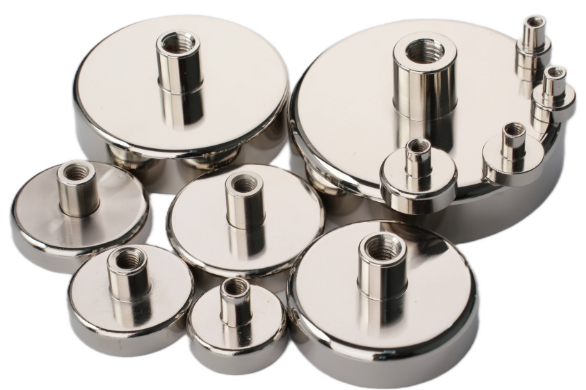Technical Breakthrough on Reprocessing NdFeB Magnets Scraps
News has come out that technical breakthrough has been made on reprocessing NdFeB magnets scraps. It seems that to find alternative sources for Neodymium magnets can no longer be avoided due to multiple causes including the following: The demand of existing applications and many next-generation technologies--Although the world has undergone a serious economic crisis which resulted in a short-term slump in the global magnet market, many countries have presented signs of recovery. This would lead to a booming consumption of Neodymium magnets--the most important type of Rare-earth magnets that you can find in almost every application from automotive to electric & electronic products, from PCs to communication facilities. In addition, thanks to their excellent energy-efficiency, rare-earth magnets are expected to play important roles in next-generation technologies. Declined supply for raw materials due to export restrictions and other causes--Rare-earth metals, the main materials for Neodymium magnets, have their biggest storage in China, which has been for many years the biggest exporter of this type of material. However, China has recently placed the restriction on the Rare-earth export claiming that it would have to regulate the environmental effects of the extraction process. This act has led to price increases and fears of the shortage. In response to this change, many research organisms are trying their best to find the reliable method to extend the sources of Neodymium element and stretch its supplies, among which is the recycling from scraps. Scientists at the U.S. Department of Energy have successfully extracted Neodymium from magnets mixing this element and other materials. Initial results showed that the recycled materials still maintain their important properties. The researchers took magnets that contained three Rare-earth elements, Neodymium, Praseodymium and Dysprosium, and broke the magnets into pieces between 2mm and 4mm long. They placed the magnet pieces in a mesh screen box in a stainless-steel crucible and added solid chunks of Magnesium. Then they heated the material with a radio frequency furnace, causing the Magnesium to melt while leaving the magnet chunks intact. What happened next was that all the three Rare-earth metals left the magnetic mixture and diffused to the melted Magnesium and formed with it new mixtures. Then the scientists boiled off the Magnesium and obtained the rare-earth materials, which could be compared very well to those from unprocessed rare-earth alloys, according to the researchers. The team planned to demonstrate their achievement on a larger scale after optimizing the process.















